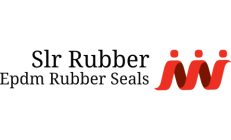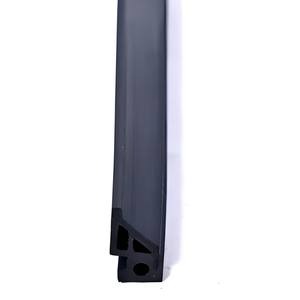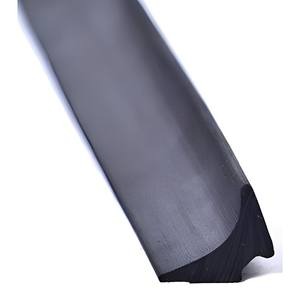It appears that you are referring to a material or product that combines aluminum and rubber. This combination is not uncommon in various industrial and commercial applications, where the unique properties of both materials can be advantageous. Below, I’ll explain the possible uses and benefits of aluminum-rubber composites:
1. Aluminum-Rubber Gaskets:
- Sealing: Gaskets made from aluminum-rubber composites can provide effective seals in environments where a strong, durable seal is required. The aluminum layer adds rigidity and helps maintain the shape of the gasket, while the rubber layer provides elasticity to create an effective seal, even in irregular or uneven surfaces.
- Heat Resistance: These gaskets can offer good heat resistance, making them suitable for applications where high temperatures are a concern.
2. Aluminum-Rubber Bonding:
- Vibration Dampening: Combining aluminum and rubber can result in materials that are excellent at dampening vibrations. This is useful in industries like automotive manufacturing, where vibration control is crucial for comfort and safety.
- Shock Absorption: In applications where shock absorption is important, such as machinery mounts or vehicle suspension components, aluminum-rubber composites can help reduce the impact of shocks and protect sensitive equipment or structures.
3. Construction and Building Materials:
- Waterproofing and Sealing: Aluminum rubber composites are used in construction for waterproofing and sealing joints in buildings and structures. They provide a flexible, water-resistant barrier that can withstand environmental stresses.
4. Automotive and Transportation:
- Suspension Components: Some vehicles use aluminum-rubber composite components in suspension systems to enhance ride comfort and handling. The combination of aluminum’s strength and rubber’s damping properties can improve overall performance.
- Seals and Gaskets: These materials are also used in automotive applications for sealing purposes, such as in engine gaskets or door seals.
5. Electrical and Electronic Applications:
- EMI/RFI Shielding: Aluminum-rubber composites can be used in electronic enclosures to provide electromagnetic interference (EMI) and radio-frequency interference (RFI) shielding. The aluminum layer helps with conductivity and grounding, while the rubber layer provides flexibility.
6. Marine and Nautical Equipment:
- Marine Gaskets and Seals: In marine environments, where exposure to water, salt, and harsh conditions is common, aluminum-rubber gaskets and seals can provide effective protection against water ingress and corrosion.
7. Custom Fabrication:
- Custom Solutions: Manufacturers and fabricators often create custom products by combining aluminum and rubber to meet specific requirements in various industries.
The specific properties and applications of aluminum-rubber composites can vary based on the composition and design. These composites are engineered to provide a balance between the characteristics of aluminum (strength, rigidity, heat resistance) and rubber (flexibility, elasticity, damping). When considering the use of aluminum-rubber composites, it’s essential to select the right combination and design for the intended application to optimize performance and durability.







